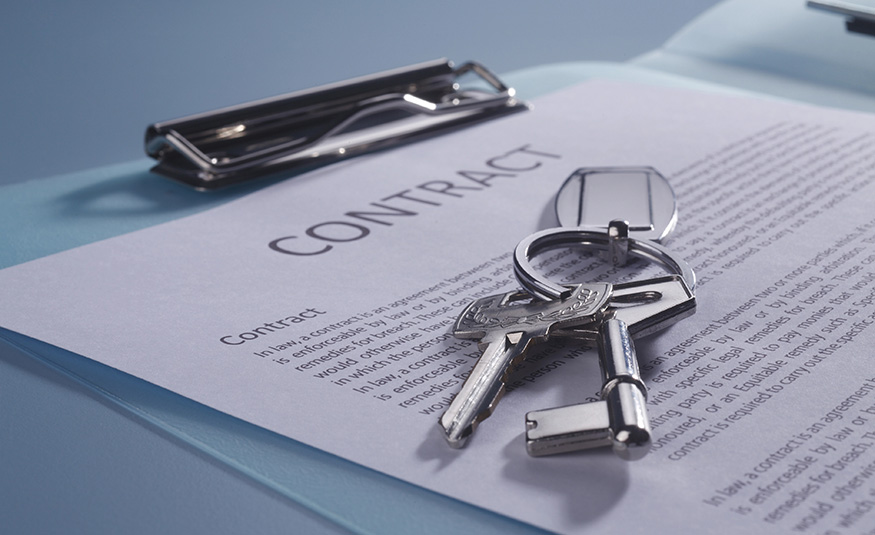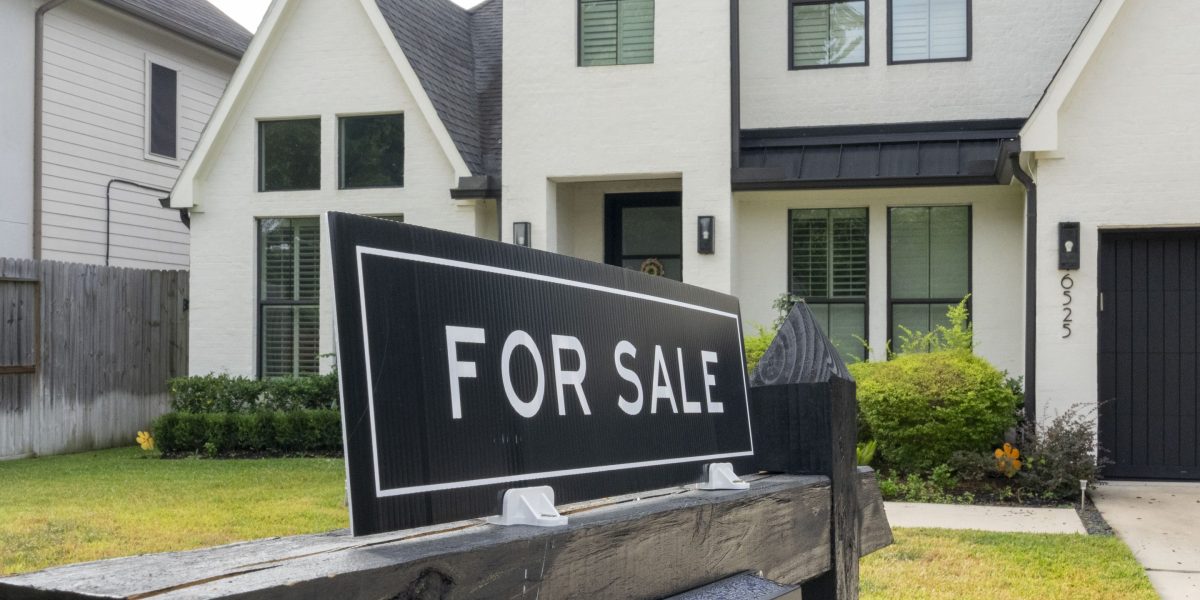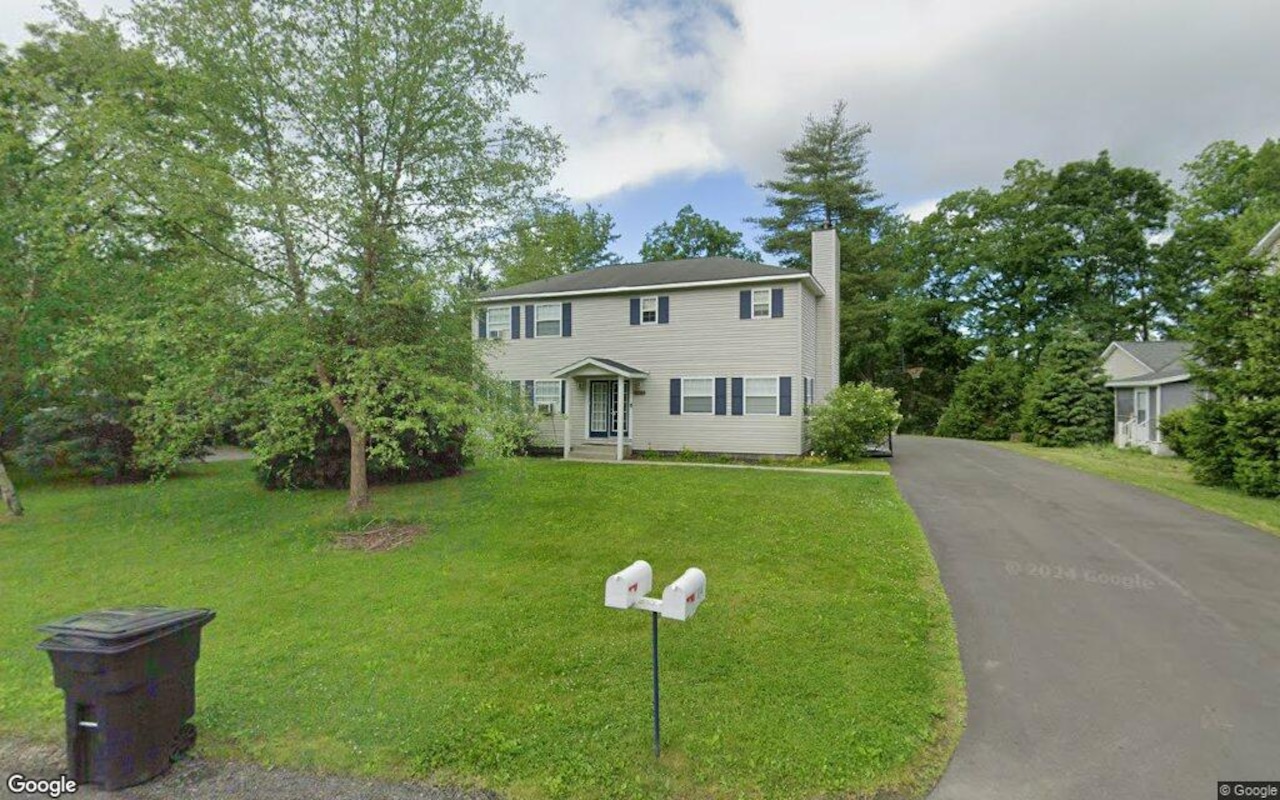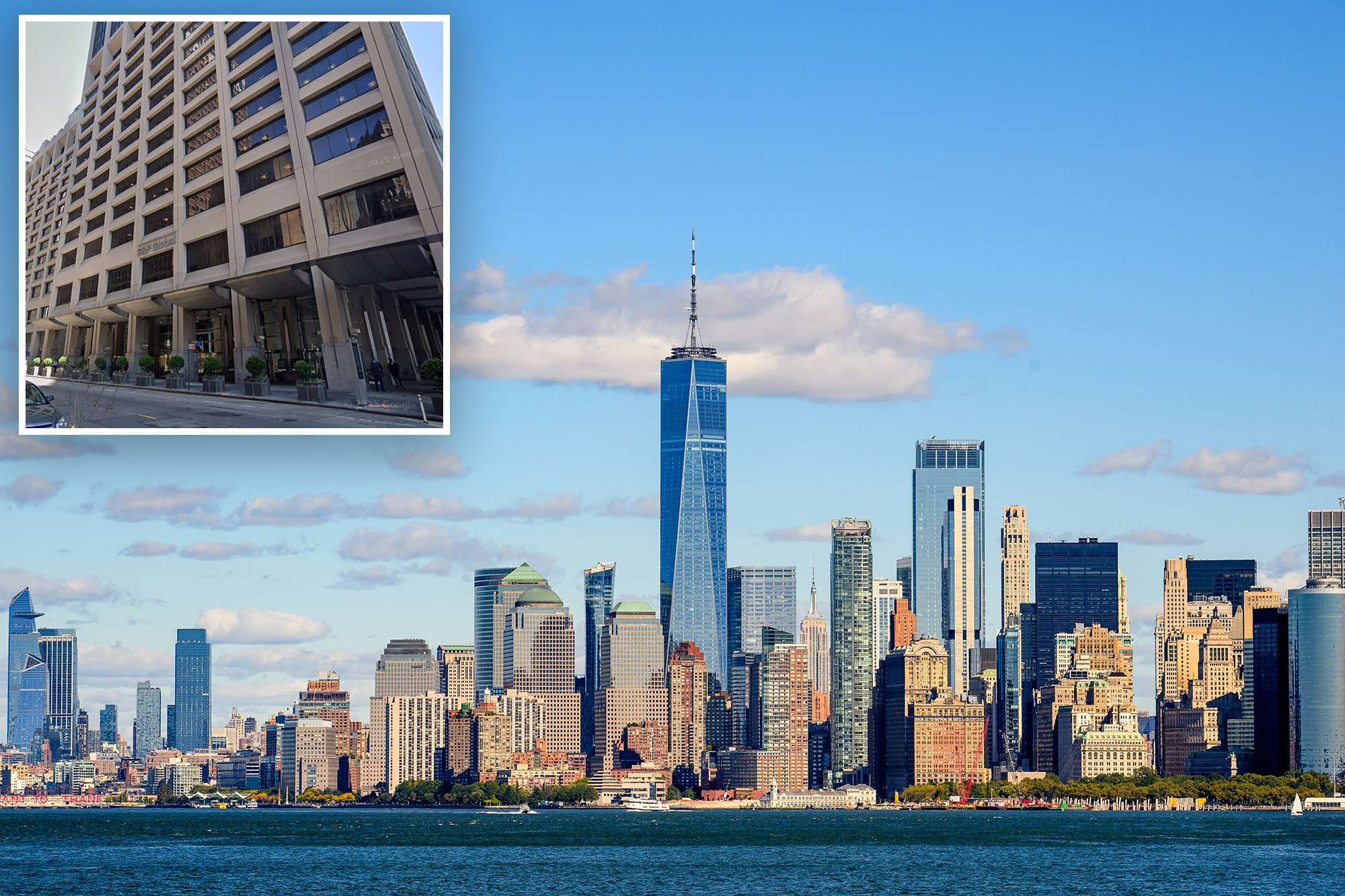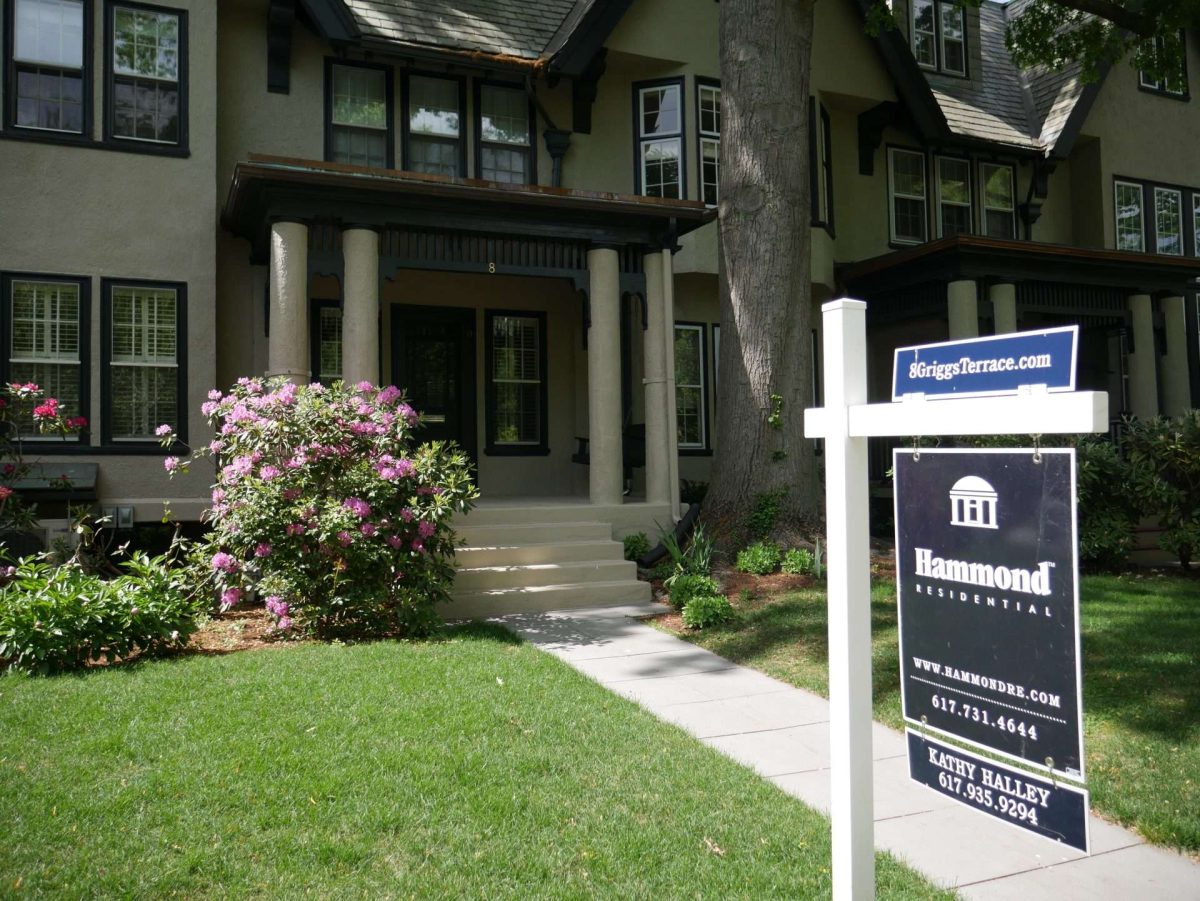W
e're experiencing the highest volume of retail leasing transactions ever, with tenants opting to pay higher rents rather than doing their own buildouts. Interest rates have likely played a role in this decision, particularly for lesser-credit tenants who can't finance construction on their own. As demand for space dwindles, landlords are seeing increased demand for tenant improvements.
Equipment costs continue to rise, and HVAC units are becoming increasingly difficult to obtain. This is a major issue, especially in the Sunbelt, where landlords often agree to replace old units upfront or maintain them over several years. Once replaced, maintenance and replacement costs fall on the tenant.
Fast-expanding chains are adapting by opting for smaller spaces in new markets, adjusting their operations to fit 12,000-15,000 sq. ft. footprints instead of the usual 20,000 sq. ft. Rents continue to rise due to low availability, but unique circumstances can lead landlords to offer big tenant improvement packages without a corresponding rent increase. This often happens when landlords need to fill large spaces and are willing to take a short-term loss for long-term gains.



